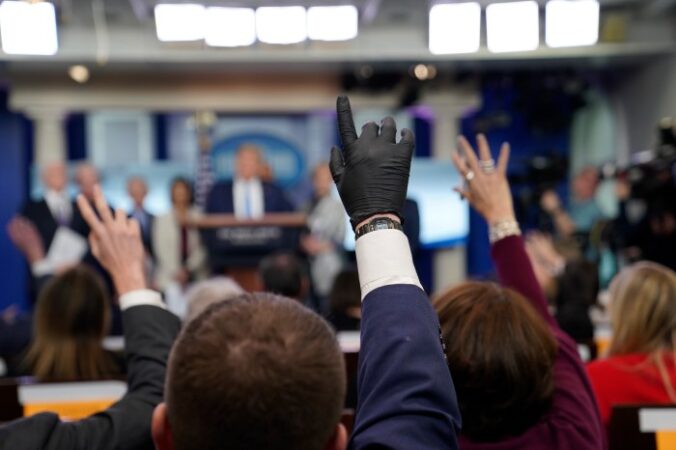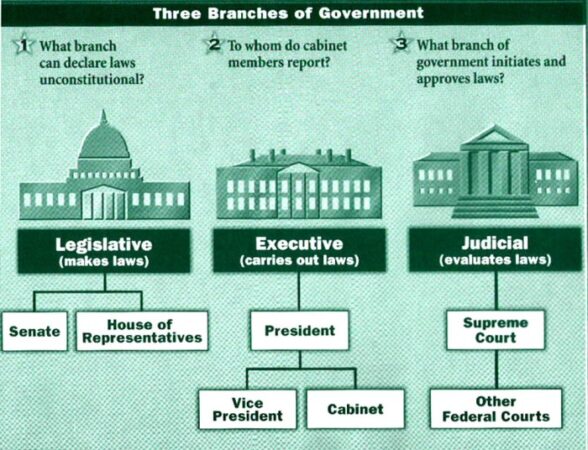
Can the federal government selectively enforce martial law? This question delves into a complex area of constitutional law and raises critical concerns about the balance between national security and individual liberties. While the Constitution grants the federal government the authority to impose martial law in extreme circumstances, the legality and implications of selective enforcement remain hotly debated. This exploration examines the historical precedents, legal frameworks, and practical considerations surrounding this controversial issue, offering a nuanced perspective on the potential risks and benefits of selective martial law.
The concept of selective enforcement of martial law raises numerous legal and ethical dilemmas. While it might seem like a practical solution in specific situations, such as during a natural disaster or civil unrest, it could potentially lead to violations of civil liberties and the equal protection clause. This essay examines the potential scenarios where selective enforcement might be considered, analyzing the arguments for and against its implementation.
Constitutional Authority and Limits: Can The Federal Government Selectively Enforce Martial Law
The question of whether the federal government can selectively enforce martial law in the United States raises fundamental issues regarding the balance of power between the branches of government, the rights of citizens, and the limits of executive authority. While the U.S. Constitution does not explicitly define martial law, it does provide the framework for understanding its application and limitations.
Constitutional Basis for Martial Law
The U.S. Constitution provides the basis for martial law through the “war powers” granted to Congress and the President. Article I, Section 8, Clause 14 of the Constitution empowers Congress to “make Rules for the Government and Regulation of the land and naval Forces.” This clause is often cited as the foundation for the President’s authority to declare martial law during times of war or national emergency.
Furthermore, Article II, Section 2, Clause 1 of the Constitution vests the President with the power to be “Commander in Chief of the Army and Navy of the United States.” This authority allows the President to deploy military forces to suppress insurrections or to respond to threats to national security. However, it’s important to note that the President’s power to declare martial law is not explicitly mentioned in the Constitution.
Historical Precedents for Martial Law
Throughout American history, martial law has been declared on several occasions, most notably during the Civil War and World War II.
During the Civil War, President Abraham Lincoln suspended the writ of habeas corpus in certain areas of the country, allowing the military to detain individuals without due process of law. This action was justified by the need to suppress the rebellion and maintain national security. However, it also raised concerns about the potential for abuse of power.
In World War II, President Franklin D. Roosevelt authorized the military to impose martial law in areas deemed to be at risk of Japanese attack, such as the West Coast. This involved the evacuation and internment of Japanese Americans, a controversial decision that remains a significant historical example of the potential for the misuse of martial law.
Legal Framework for Martial Law
The legal framework for martial law is complex and evolving. While there is no specific law governing the declaration or implementation of martial law, several legal principles and doctrines guide its application.
One of the key principles is that martial law should only be imposed in extreme circumstances, such as when civil authority has broken down or when there is an imminent threat to national security.
The Supreme Court has held that martial law must be proportionate to the threat and that it cannot be used to suppress dissent or to violate fundamental rights. This principle is enshrined in the Fifth Amendment, which guarantees due process of law.
Limitations on the Federal Government’s Power to Impose Martial Law
The federal government’s power to impose martial law is subject to several limitations, including the Posse Comitatus Act and the principle of federalism.
The Posse Comitatus Act of 1878 generally prohibits the use of the U.S. military for law enforcement purposes within the United States. This Act aims to prevent the military from being used to suppress domestic dissent or to interfere with civilian law enforcement.
The principle of federalism also limits the federal government’s power to impose martial law. The Tenth Amendment to the Constitution reserves powers not delegated to the federal government to the states or the people. This means that the federal government can only impose martial law in cases where there is a clear and present danger to the nation as a whole, and where state and local authorities are unable to respond effectively.
Selective Enforcement of Martial Law
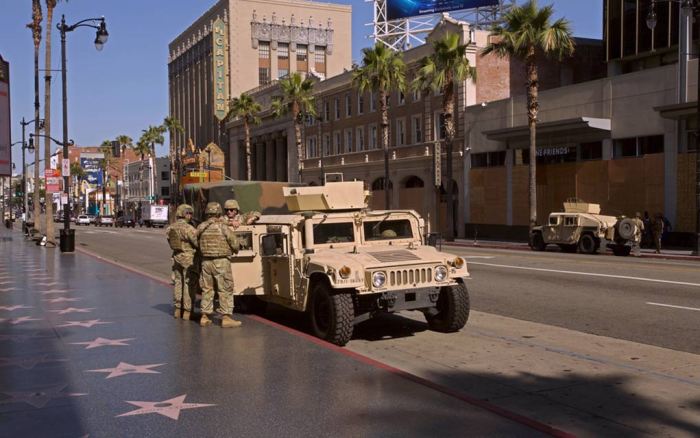
Selective enforcement of martial law refers to the application of martial law in a targeted and limited manner, rather than across an entire region or population. This means that certain areas or groups of people may be subject to martial law while others are not.
Potential Scenarios for Selective Enforcement, Can the federal government selectively enforce martial law
The potential scenarios for selective enforcement of martial law are numerous and complex. Here are a few examples:
- Natural Disasters: In the aftermath of a devastating natural disaster, such as a hurricane or earthquake, the federal government might impose martial law in specific areas that have been severely affected, such as a city or county. This would allow for the mobilization of military resources and the implementation of emergency measures to restore order and provide essential services.
- Pandemics: During a pandemic, the federal government might selectively enforce martial law in areas with high infection rates or outbreaks, such as imposing curfews or quarantines to prevent the spread of the disease.
- Civil Unrest: In cases of widespread civil unrest, such as riots or protests, the federal government might impose martial law in specific locations, such as a city block or neighborhood, to control the situation and protect public safety.
Legal and Ethical Implications of Selective Enforcement
Selective enforcement of martial law raises significant legal and ethical concerns, particularly regarding the potential for violating civil liberties and the principle of equal protection under the law.
- Civil Liberties: The imposition of martial law, even selectively, can lead to restrictions on fundamental rights and freedoms, such as the right to free speech, assembly, and movement. These restrictions can be justified in emergencies, but they must be proportionate to the threat and temporary in nature.
- Equal Protection: Selective enforcement of martial law raises concerns about the equal protection clause of the Fourteenth Amendment. This clause guarantees that all citizens are treated equally under the law. Selective enforcement could potentially create a situation where some citizens are subject to martial law while others are not, raising questions about fairness and discrimination.
Arguments for and Against Selective Enforcement
There are strong arguments both for and against selective enforcement of martial law.
- Arguments for: Supporters of selective enforcement argue that it is a more targeted and efficient way to address emergencies and maintain order. They contend that it allows the government to focus resources on areas that are most in need, minimizing disruptions to other parts of the country.
- Arguments against: Opponents of selective enforcement argue that it is discriminatory and undermines the principle of equal protection under the law. They contend that it can create a two-tiered system where some citizens are subject to stricter controls than others, potentially leading to abuse and the erosion of civil liberties.
Practical Considerations and Challenges
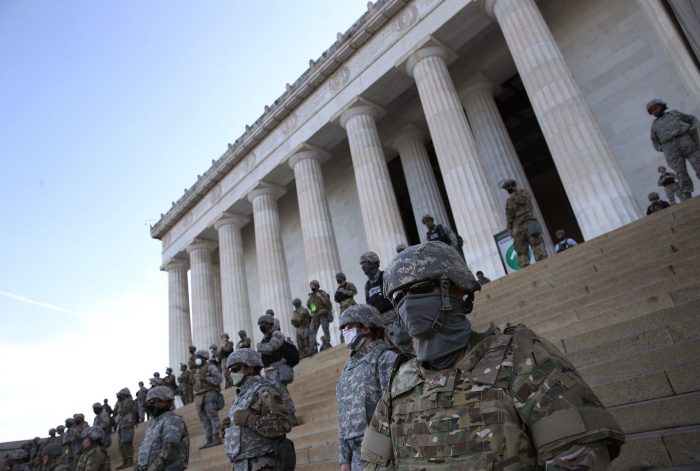
Implementing selective martial law presents significant practical challenges, requiring careful consideration of its logistical complexities and potential risks. The success of such a measure hinges on clear definitions, effective communication, and robust oversight mechanisms to mitigate the risks of discrimination, abuse of power, and erosion of public trust.
Defining the Scope and Criteria
The effectiveness of selective martial law depends heavily on clearly defining its scope and establishing specific criteria for its application. This requires addressing crucial questions such as:
- Which specific areas or groups will be subject to martial law?
- What specific restrictions or limitations will be imposed?
- What criteria will be used to determine who falls under martial law?
- How will these criteria be applied consistently and fairly?
Without clear definitions and objective criteria, selective martial law risks becoming arbitrary and discriminatory, undermining its legitimacy and exacerbating public concerns.
Effective Communication and Transparency
Transparent and effective communication is vital to ensure public understanding and cooperation during the implementation of selective martial law. This includes:
- Clearly communicating the rationale for imposing selective martial law.
- Providing detailed information about the specific restrictions and limitations imposed.
- Establishing clear channels for public inquiries and feedback.
- Regularly updating the public on the progress and effectiveness of the measures.
Lack of transparency can fuel suspicion and mistrust, potentially leading to resistance and undermining the effectiveness of the measures.
Oversight Mechanisms and Accountability
Establishing robust oversight mechanisms and ensuring accountability are crucial to mitigate the risks of abuse of power and ensure the responsible implementation of selective martial law. This involves:
- Independent oversight bodies to monitor the implementation of martial law.
- Mechanisms for public complaints and redress of grievances.
- Clear guidelines and procedures for the use of force and detention.
- Regular reviews and assessments of the effectiveness and impact of the measures.
These measures help to ensure that selective martial law is applied fairly and proportionally, minimizing the potential for abuse and upholding the rule of law.
Potential Risks of Selective Enforcement
Selective enforcement of martial law poses significant risks, including:
- Discrimination: The potential for bias in the application of martial law, targeting specific groups or individuals based on factors such as race, religion, or political affiliation.
- Abuse of Power: The risk of unchecked authority, leading to arbitrary detentions, restrictions on civil liberties, and violations of human rights.
- Erosion of Public Trust: The potential for selective enforcement to undermine public confidence in the government and the rule of law, leading to increased social unrest and instability.
Safeguards and Checks and Balances
To mitigate the risks of selective enforcement, several safeguards and checks and balances can be implemented:
- Independent Judicial Review: Ensuring that all actions taken under martial law are subject to independent judicial review to prevent arbitrary decisions and ensure compliance with legal standards.
- Parliamentary Oversight: Establishing a parliamentary committee or body to oversee the implementation of martial law, monitor its effectiveness, and ensure accountability.
- Public Consultation: Engaging in regular public consultations to gather feedback on the impact of martial law and address concerns raised by affected communities.
- Sunset Clause: Setting a specific timeframe for the duration of martial law, with automatic termination unless extended by a legislative body.
These safeguards help to ensure that selective martial law is applied in a transparent, accountable, and proportionate manner, minimizing the risks of abuse and maintaining public trust.
Historical and International Perspectives
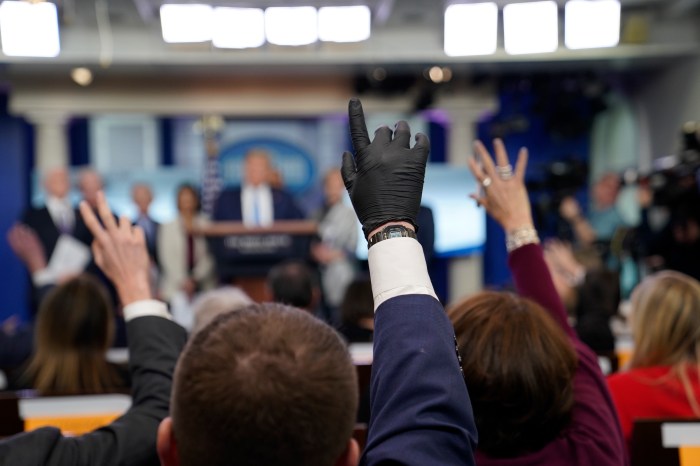
Examining historical instances of selective enforcement of martial law in various countries provides valuable insights into its potential consequences and the complexities surrounding its implementation. By analyzing successful and unsuccessful cases, we can better understand the impact of selective enforcement on social and political stability and compare the legal and ethical frameworks governing martial law in different nations.
Historical Examples of Selective Enforcement
The historical record offers numerous examples of selective enforcement of martial law, demonstrating both its potential for stability and its susceptibility to abuse.
- During the 1971 Bangladesh Liberation War, Pakistan’s military regime imposed martial law, selectively targeting Bengali civilians and political figures. This resulted in widespread human rights abuses and fueled the conflict, ultimately leading to the creation of Bangladesh.
- In the aftermath of the 1989 Tiananmen Square protests in China, the government selectively enforced martial law, targeting pro-democracy activists and suppressing dissent. While this restored order, it also solidified the government’s control and stifled political reform.
- Following the 2004 Indian Ocean tsunami, the Indonesian government imposed martial law in Aceh, a province struggling with separatist insurgency. While this helped facilitate relief efforts, it also raised concerns about the military’s use of force and potential human rights violations.
Impact on Social and Political Stability
The impact of selective enforcement of martial law on social and political stability varies greatly depending on the context.
- In situations where the selective application of martial law is perceived as legitimate and necessary, it can contribute to restoring order and stability. For example, in the aftermath of a natural disaster, selective enforcement of martial law may be crucial for coordinating relief efforts and maintaining public safety.
- However, when selective enforcement is used to suppress dissent or target specific groups, it can exacerbate social tensions, erode trust in government, and lead to instability. This is particularly true when the enforcement is perceived as arbitrary or discriminatory.
Legal and Ethical Frameworks
The legal and ethical frameworks for martial law vary significantly across countries.
- In some countries, such as the United States, martial law is a temporary measure that must be authorized by the highest authority, typically the president or the legislature. The legal framework for martial law in these countries often Artikels specific limitations and safeguards to prevent abuse.
- In other countries, the legal framework for martial law may be less clearly defined, leaving more room for interpretation and potential abuse. For instance, in some authoritarian regimes, martial law may be used as a tool for political repression, with little regard for legal constraints or human rights.
Comparative Table
| Country | Historical Approach to Martial Law | Contemporary Approach to Martial Law |
|---|---|---|
| United States | Historically, martial law has been used in times of war and rebellion, often with limitations on its scope and duration. Notable examples include the American Civil War and the Reconstruction era. | The Posse Comitatus Act of 1878 generally prohibits the use of the military for law enforcement purposes within the United States, limiting the scope of martial law. However, the Insurrection Act of 1807 provides the president with the authority to deploy the military to suppress domestic unrest. |
| United Kingdom | The UK has a long history of using martial law, particularly during periods of conflict and unrest. Examples include the Irish Rebellion of 1798 and the suppression of the Chartist movement in the 19th century. | While the UK has no formal legal framework for martial law, the government has the power to declare a state of emergency under the Emergency Powers Act 1920. This allows for the suspension of civil liberties and the imposition of military rule. |
| China | China has a history of using martial law to quell political unrest and maintain control. Notable examples include the suppression of the Boxer Rebellion in the early 20th century and the Tiananmen Square protests in 1989. | China’s legal framework for martial law is defined by the State of Emergency Law, which allows for the imposition of martial law in situations of war, natural disasters, or other emergencies. However, the law provides little guidance on the scope and duration of martial law. |
End of Discussion
The question of whether the federal government can selectively enforce martial law is a complex one, fraught with legal, ethical, and practical considerations. While the potential for selective enforcement to address specific emergencies exists, it is essential to weigh the potential benefits against the significant risks to civil liberties and the rule of law. Ultimately, the decision of whether to implement selective martial law must be made with utmost caution, ensuring transparency, accountability, and respect for individual rights.
FAQ Section
What are the historical precedents for the use of martial law in the United States?
The United States has a history of invoking martial law, most notably during the Civil War and World War II. During the Civil War, President Lincoln declared martial law in Confederate states, suspending habeas corpus and allowing for the military to detain civilians. During World War II, martial law was imposed in Hawaii and parts of the West Coast to address security concerns related to Japanese Americans.
What are the potential safeguards against the abuse of power during selective enforcement of martial law?
Potential safeguards include strict legal definitions, clear communication protocols, independent oversight mechanisms, and robust judicial review. Furthermore, ensuring transparency and public accountability through regular reporting and congressional oversight can help mitigate the risks associated with selective enforcement.
